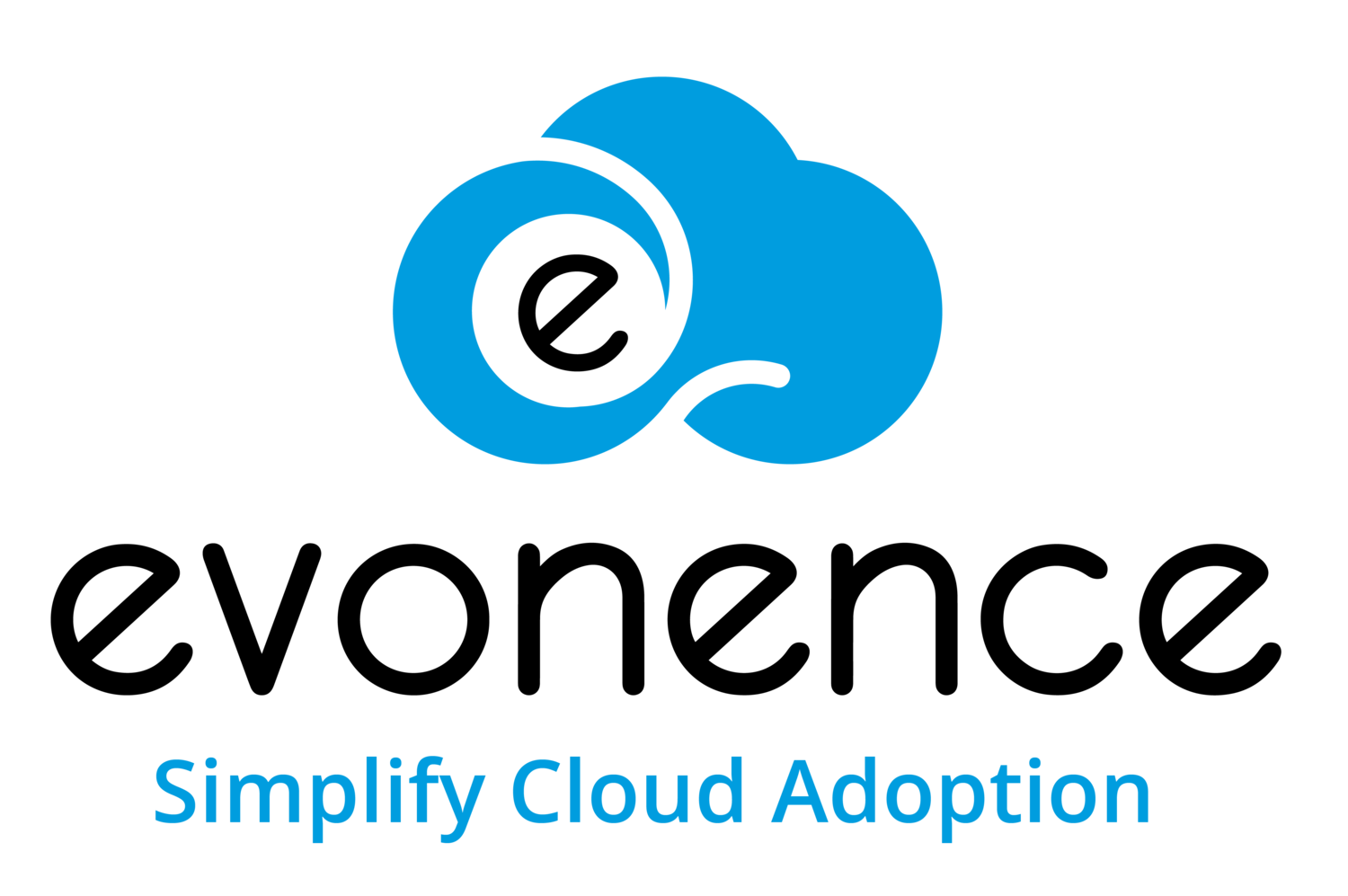Serverless on Autopilot: Scaling Your Applications on Google Cloud
In the ever-evolving landscape of cloud computing, serverless architecture has emerged as a revolutionary paradigm shift. By abstracting away the underlying infrastructure management, serverless computing allows developers to focus solely on writing code, thereby enhancing productivity and reducing operational overhead. Among the myriad of cloud providers offering serverless solutions, Google Cloud stands out with its robust and versatile platform, offering a range of services designed to scale applications seamlessly. In this blog post, we'll delve into the concept of serverless computing on Google Cloud and explore how it empowers developers to build and scale applications effortlessly.
Understanding Serverless Computing
Serverless computing, often referred to as Function as a Service (FaaS), is a cloud computing model where cloud providers dynamically manage the allocation of resources needed to execute code. Unlike traditional server-based architectures, where developers are responsible for provisioning, scaling, and managing servers, serverless computing abstracts away infrastructure management entirely. Developers only need to upload their code, define the triggers, and let the cloud provider handle the rest, including scaling, fault tolerance, and resource allocation.
At the core of serverless computing are functions, units of code that perform a specific task or operation. These functions are typically short-lived, stateless, and event-driven, triggered by various events such as HTTP requests, database changes, or message queue events. Serverless platforms automatically scale functions in response to incoming requests, ensuring optimal resource utilization and cost efficiency.
Google Cloud and Serverless
Google Cloud offers a comparehensive suite of serverless services tailored to meet the diverse needs of modern applications. Leveraging Google's global infrastructure, advanced networking capabilities, and cutting-edge technologies such as Kubernetes and Anthos, GCP provides a robust foundation for building and scaling serverless applications.
Key Serverless Services on Google Cloud
Google Cloud Functions: Google Cloud Functions allows developers to write lightweight, event-driven functions in popular programming languages such as Node.js, Python, and Go. These functions can be triggered by various events, including HTTP requests, Pub/Sub messages, Cloud Storage events, and more. With automatic scaling and pay-per-use pricing, Cloud Functions enable developers to focus on writing code without worrying about infrastructure management.
Google Cloud Run: Google Cloud Run is a fully managed serverless platform that enables developers to deploy and run containerized applications without worrying about the underlying infrastructure. Developers can package their applications as Docker containers and deploy them to Cloud Run, which automatically scales the containers in response to incoming traffic. Cloud Run supports both HTTP and event-driven workloads, offering flexibility and scalability for a wide range of use cases.
Google Cloud Pub/Sub: Google Cloud Pub/Sub is a fully managed messaging service that enables asynchronous communication between decoupled components of an application. With Pub/Sub, developers can create topics and subscriptions to publish and consume messages reliably at scale. Pub/Sub integrates seamlessly with other Google Cloud services, making it ideal for building event-driven architectures and real-time data processing pipelines.
Google Cloud Firestore: Google Cloud Firestore is a scalable, serverless NoSQL document database that enables developers to store and synchronize data in real-time. Firestore offers seamless integration with client-side and server-side libraries, making it easy to build offline-first web and mobile applications. With automatic scaling, multi-region replication, and built-in security features, Firestore provides a flexible and reliable data storage solution for modern applications.
Advantages of Serverless on Google Cloud
Auto-scaling: Google Cloud's serverless services automatically scale resources up or down based on demand, ensuring optimal performance and cost efficiency. Developers don't need to worry about provisioning or managing servers, allowing them to focus on writing code.
Pay-per-use pricing: With serverless computing, developers only pay for the resources consumed by their applications, eliminating the need for upfront investment in infrastructure. This pay-as-you-go model reduces costs and aligns expenses with actual usage.
Built-in integrations: Google Cloud's serverless services seamlessly integrate with other GCP products and services, such as BigQuery, Cloud Storage, and Google Kubernetes Engine (GKE), enabling developers to build powerful and scalable applications with ease.
Global scalability: Leveraging Google's global infrastructure, serverless applications deployed on GCP can scale seamlessly across regions, ensuring low latency and high availability for users worldwide.
Developer productivity: By abstracting away infrastructure management, serverless computing on Google Cloud allows developers to focus on writing code and delivering value to their customers. This enhanced productivity accelerates the development cycle and enables faster time-to-market for applications.
Use Cases for Serverless on Google Cloud
Web applications: Serverless computing is well-suited for building web applications that require scalability, reliability, and cost efficiency. Using Google Cloud Functions or Cloud Run, developers can deploy serverless APIs, microservices, and webhooks with ease.
Event-driven architectures: Google Cloud's serverless services are ideal for implementing event-driven architectures, where components of an application communicate asynchronously via events. With Pub/Sub, Cloud Functions, and Cloud Run, developers can build real-time data processing pipelines, IoT applications, and more.
Batch processing: Serverless computing on Google Cloud is also suitable for batch processing workloads that require processing large volumes of data periodically. Using Cloud Functions or Cloud Run, developers can trigger batch jobs in response to predefined schedules or events, such as file uploads or database changes.
Chatbots and voice assistants: Serverless computing enables developers to build chatbots and voice assistants that respond to user queries in real-time. By integrating Cloud Functions with natural language processing (NLP) services such as Dialogflow, developers can create intelligent conversational experiences without managing servers.
Serverless computing on Google Cloud offers a powerful and flexible platform for building and scaling modern applications. By abstracting away infrastructure management and providing a range of fully managed services, Google Cloud enables developers to focus on writing code and delivering value to their customers. Whether you're building web applications, event-driven architectures, batch processing pipelines, or chatbots, serverless computing on Google Cloud empowers you to innovate faster, scale effortlessly, and drive business growth. Embrace serverless on autopilot and unlock the full potential of cloud computing with Google Cloud.

